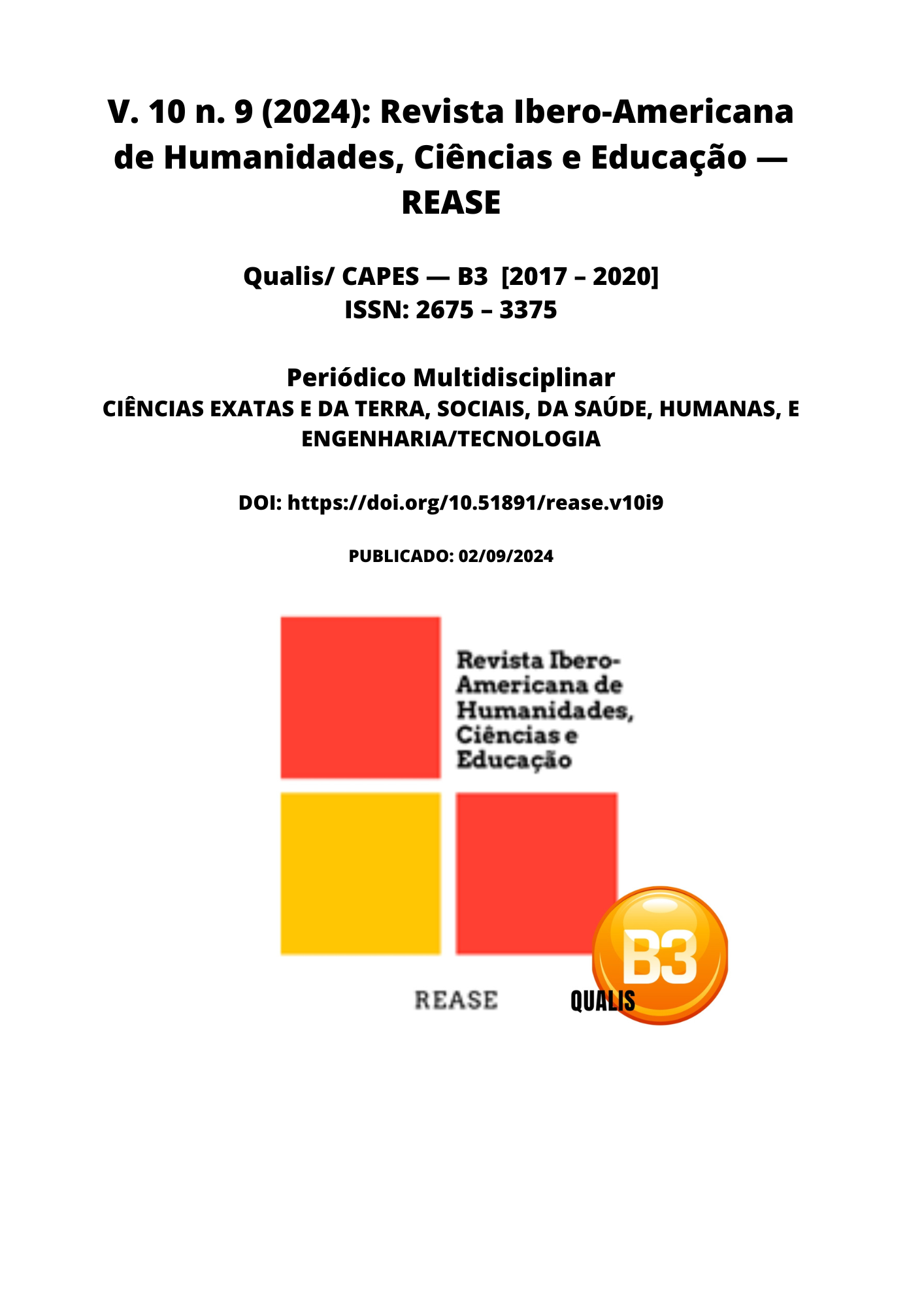THE USE OF ASSISTIVE TECHNOLOGY IN THE LITERACY PROCESS OF THE VISUALLY IMPAIRED: IN SEARCH OF AN INCLUSIVE AND MEANINGFUL TEACHING AND LEARNING PROCESS
DOI:
https://doi.org/10.51891/rease.v10i9.15824Keywords:
Assistive technology. Visual impairment. Literacy. Teaching and learning process. Inclusion. Meaningful learning.Abstract
This article addresses the use of assistive technology in the literacy process of students with visual impairments, with the aim of promoting inclusive and meaningful teaching and learning, based on Historical-Cultural Theory. The research, of a qualitative nature and based on a bibliographic review, investigates the main resources of assistive technology available, analyzes the barriers faced by these students and proposes pedagogical strategies that can integrate this technology into the school environment. The results indicate that assistive technology plays a crucial role in the literacy of students with visual impairments, providing significant improvements in teaching and learning. Resources such as screen reading software, electronic magnifiers and Braille devices are essential, but implementation faces challenges, including the lack of training for teachers and resistance to adapting traditional methods. Recommended pedagogical strategies include the gradual integration of assistive technology, ongoing training of educators and collaboration with specialists. It is concluded that, by integrating assistive technology in a structured manner and aligned with Historical-Cultural Theory, it is possible to create a more inclusive and qualitative learning environment, ensuring that all students can reach their maximum potential.
Downloads
Downloads
Published
How to Cite
Issue
Section
Categories
License
Atribuição CC BY

